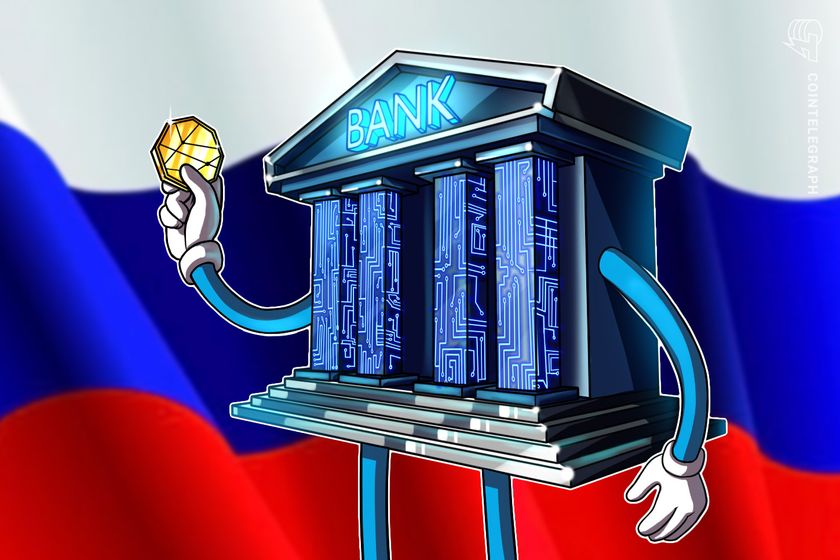Russia’s Central Bank Approves Crypto for Accredited Investors


On May 28, the Bank of Russia issued a landmark directive allowing domestic banks to launch a suite of cryptocurrency-based financial instruments for qualified investors. The move marks an incremental shift in Russia’s digital asset regulation, as financial institutions can now package crypto derivatives, synthetic securities and other digital financial assets (DFAs) that reference crypto price indices—subject to strict non-delivery clauses.
Regulatory Update: Crypto Instruments Under the DFA Regime
The new regulation builds on Russia’s 2020 Digital Financial Assets (DFA) law. Under the updated framework, banks must register any crypto-linked product with the central bank, ensure custodial arrangements via licensed entities, and execute trades through a recognized trading venue. A pivotal condition is that products must not involve the direct transfer or ownership of underlying tokens.
“Financial institutions may issue derivatives, structured notes or tokenized bonds referencing crypto benchmarks, but actual delivery of cryptocurrencies is prohibited,” the Bank of Russia said in its official release.
Implementation by Major Banks: T-Bank Leads
Within 24 hours of the announcement, T-Bank (formerly Tinkoff Bank) unveiled a new DFA product linked to Bitcoin (BTC). The offering is implemented via Atomyze, the state-backed tokenization platform, and is exclusively available to accredited investors holding verification status under Russian law.
“This instrument lets clients gain exposure to Bitcoin price movements in rubles, through our mobile app, with centralized custody and no need to self-manage wallets,” said a T-Bank spokesperson.
Technical Framework and Compliance Requirements
Tokenization Infrastructure and Settlement
- Products are issued as digital securities on a private blockchain consortium.
- Settlement occurs on a T+0 basis via the National Settlement Depository (NSD), with atomic swaps ensuring synchronized fund and token exchange.
- Custody is provided by regulated depositories using multi-signature wallets and hardware security modules (HSMs).
Risk Management and Due Diligence
- KYC/AML checks are enforced at onboarding, leveraging biometric identification and blockchain analytics.
- Banks must hold capital buffers commensurate with market volatility, as defined under Basel III adjusted for crypto exposures.
- Periodic stress tests and scenario analyses are required to assess liquidity and counterparty risks.
Market Implications and Investor Considerations
According to the Bank of Russia’s first-quarter 2025 report, inflows into crypto-linked DFAs surged 51%, amounting to 7.3 trillion rubles (approximately $81.5 billion). Industry experts note that regulated banking channels could reduce custody risk and bring institutional appetite into a once opaque market.
However, accredited investors must weigh:
- Product structure fees and margin requirements.
- Counterparty credit risk if banks bundle derivatives into complex notes.
- Absence of token delivery, which could limit arbitrage opportunities in on-chain markets.
Comparative International Perspective
Russia’s approach parallels elements of Europe’s Markets in Crypto-Assets (MiCA) regulation, which also permits asset-referenced tokens under stringent capital and conduct standards. In contrast, the U.S. Securities and Exchange Commission has so far stalled on bank-issued crypto notes, leaving domestic lenders in a holding pattern.
Direct Crypto Investment Still Restricted
Despite this opening, the Bank of Russia continues to discourage direct cryptocurrency ownership by banks or clients. Unlicensed exchanges remain off-limits, and any proposals to allow T+0 spot trading are still under interagency review at the Ministry of Finance.
Crypto Holdings on Centralized Exchanges
In its latest stability review, the central bank estimated that Russians held 827 billion rubles ($9.2 billion) on centralized exchanges. Bitcoin represents 62% of those holdings, Ether is 22%, and stablecoins (USDT, USDC) account for 15.9%.
Market participants argue the real figure is higher once private wallets and decentralized platforms are considered. “High-net-worth individuals and crypto entrepreneurs often maintain significant reserves off-exchange,” notes Pavel Ivanov, founding partner at a Moscow-based crypto fund.
Outlook and Expert Commentary
- Dr. Elena Norova, Financial Regulation Analyst: “This step opens regulated liquidity pools but may slow innovation if delivery is restricted.”
- Alexey Petrov, CIO of Digital Asset Management: “Banks will offer esoteric products that require high sophistication from investors.”
As the global regulatory landscape evolves, Russia’s calibrated approach could serve as a blueprint for other jurisdictions seeking to integrate crypto into mainstream finance without ceding control over systemic risks.